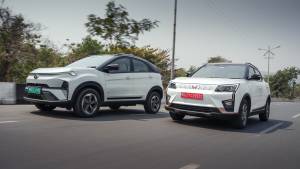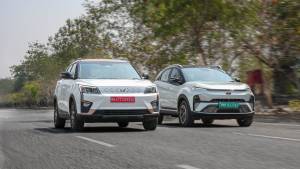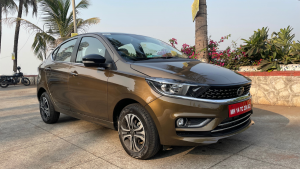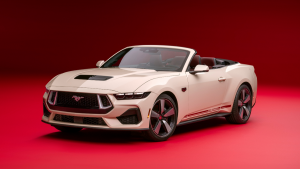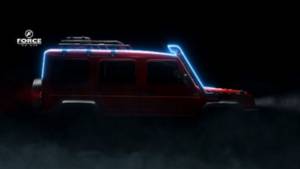2020 Tata Altroz diesel road test review
Last year, Tata Motors gave us the Harrier, with its Land Rover-derived bones. With the high end of the market covered, the focus this year is on the real moneymakers. The popular Tiago/Tigor and Nexon have received heavy updates and following them is this, the Tata Altroz. It's the carmaker's first serious attempt at a premium hatchback, and also debuts the ALFA architecture, the base for all of its mass-market products (electrified or otherwise) in the near future. To put more concisely, this is an important car for the brand.
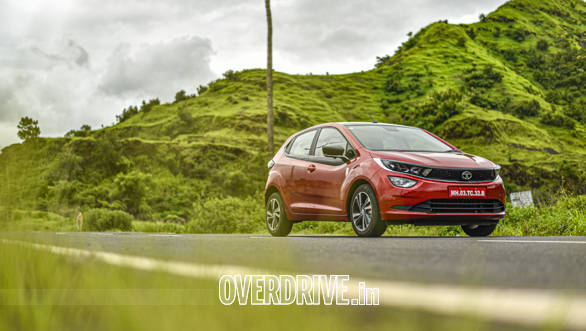
Styling
If looks are high up in the list of factors that decide which car you want to see in your garage next, the Altroz is an immediate contender. Most of its competition has been around for a while now, which means that the work Tata Motors has done to make the Altroz stand out is even more apparent. Tata Motor's Impact 2.0 design language began with the Harrier, but seems to have developed into a more cohesive philosophy here.
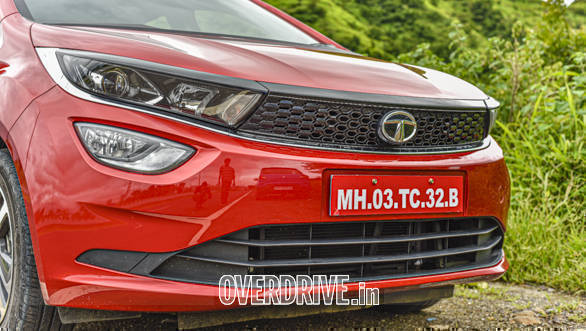
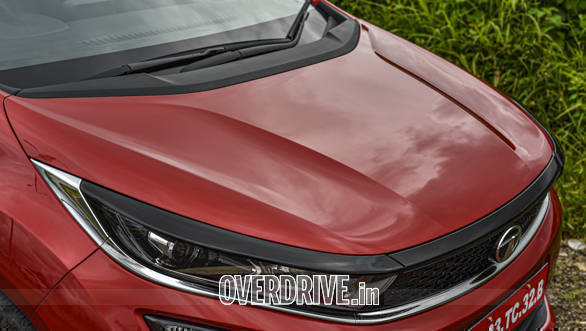
The Altroz grabs attention immediately with its face. The inward slant to the fascia and the headlamps which sit flush with the grille give it a feisty look, akin to something you would find on a larger, faster car. Instead of sharp cuts or flowing lines, the Altroz features contoured sheet metal and sculpted elements that seem to add more volume to the car. The squared-off bonnet bulge, the upward moving beltline and the crimped-in boot are some more ways through which the Altroz looks like a bigger car than it is. This is also repeated in the blacked-out head and tail lamps, with their large clusters and 3D detailing.
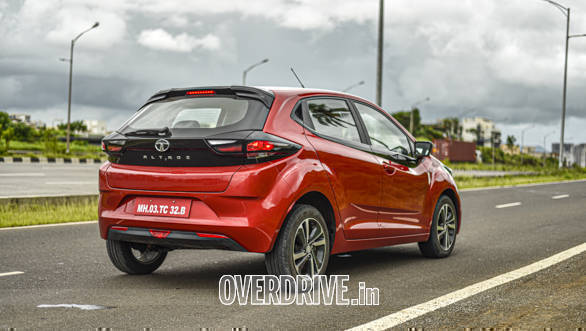
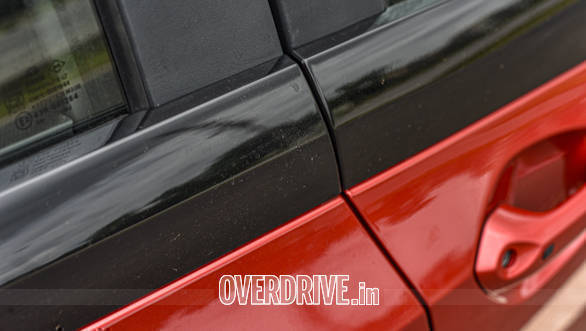
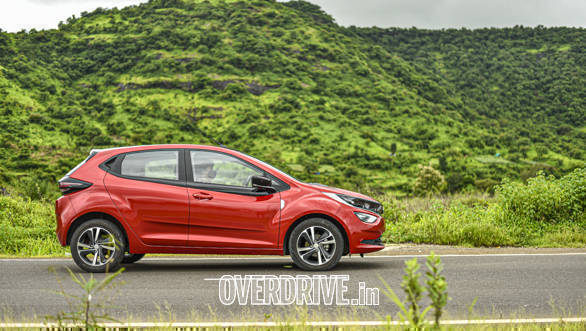
The numerous gloss black surfaces, like at the edge of the bonnet, below the window line and on the boot lid are a nice foil to the prominent surfacing. They help cut down on some visual heft but we found them very difficult to keep clean. We also would have liked the other plastic bits, like on the air dam in the front and around the hidden rear door handle to be of a quality closer to these gloss-black bits. Other exterior touches are the 90-degree opening doors, which do make access to the seats easier. The 16-inch wheels have a sharp look to them as well, although we think 17 inchers could be the better visual fit, given the still-noticeable gap in the wheel wells. We appreciate this move by Tata Motors to make the Altroz stand out in this segment with its looks, but there is also the risk that with this complex design direction, buyers looking for something a bit more conservative to look at may feel alienated by the Tata.
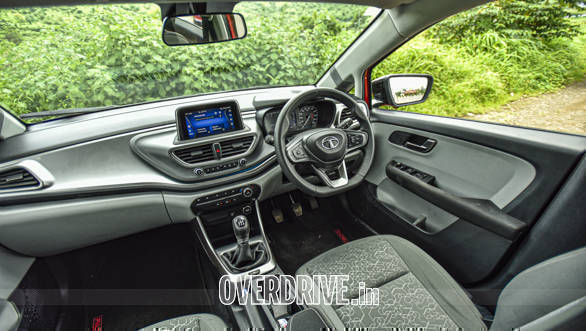
Interiors and features
This new take on the premium hatchback that the exterior of the Tata Altroz espouses also makes its way to the interiors. Like Tata cars always have been, the doors feel sturdy and hefty as you get in. Once inside, the theme of contrasting materials and contoured surfaces continues. Again, the Harrier previewed this, and like in that SUV, the effects of this theme are positive. The dark and light grey colour pallete works very well, lightening up the cabin. The various layered surfaces and segments to the dash also break the monotony, helped along by the segment-first mood-lighting. The plastic bits aren't soft-touch but feel sturdy and carry Tata's new signature Tri-arrow motifs. The glossy dash finish is another departure from the norm, it hides what would otherwise have been a big patch of hard plastic, although it sometimes can catch glare. While some misaligned panels remain, fit and finish has improved from previous Tata products in this price range.
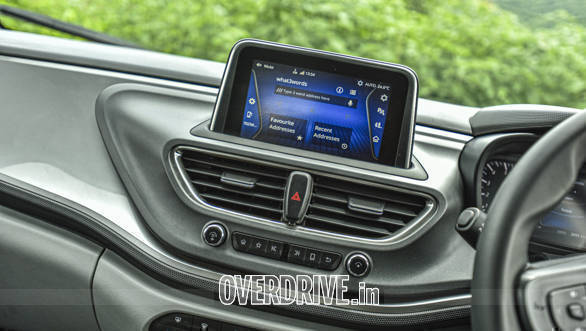
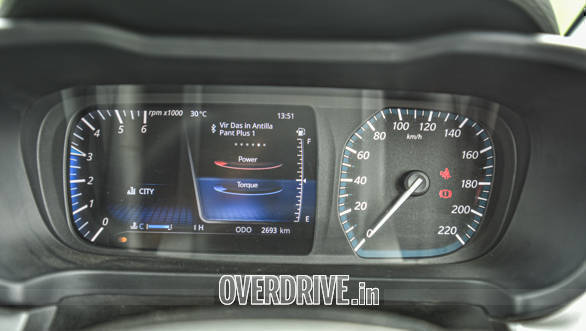
The 7.0-inch touch screen is a straight lift from the Nexon. It's more fluid in operation now but we still would have liked a more simplified UI. For example, a permanent readout for the climate-control status or your phone connectivity options. But you always have Android Auto/Apple Carplay and the Harman sound quality is top-notch. The switchgear and controls, borrowed from the Nexon and Harrier, are also better put together now and feel more sturdy. It's great that Tata Motors offers a partly digital instrument cluster in this segment, a first, but this is the same system as on the Harrier. We would have liked it more if the rev counter was more prominently displayed and the tell-tale lights clearly defined.
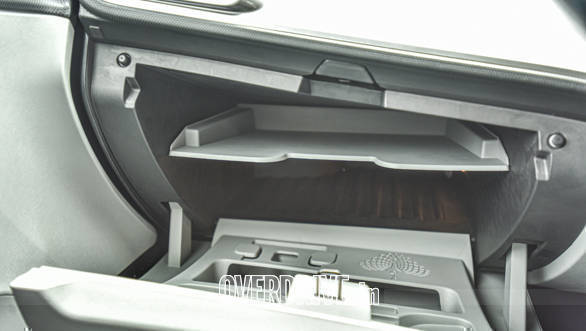
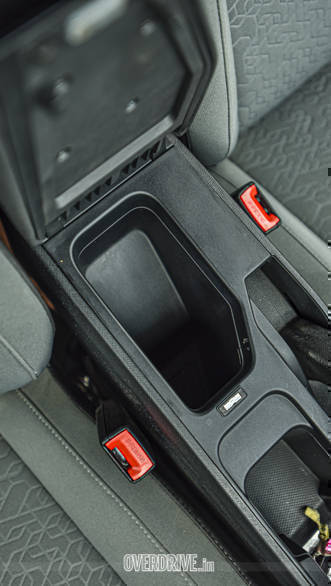
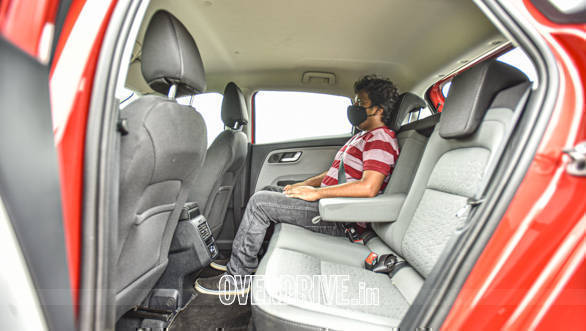 There are no third passenger headrests but the substantial centre armrest here adds to the comfortable experience
There are no third passenger headrests but the substantial centre armrest here adds to the comfortable experience
We've earlier complained of the Tata Nexon not having enough storage spaces in the cabin, and Tata Motors seems to have listened very closely. Because the Altroz is now one of the most practical spaces to spend time in at this price point. This is, of course, an effect of the new ALFA underpinnings that the hatchback sits on. There are deep door pockets, an absolutely massive 15-litre cooled glove box that even comes with a separator large enough for maybe even a medium-sized laptop. There are cutouts to keep various small items secured in the glove box lid, a deep centre console bin and another substantial cubbyhole in the adjustable centre armrest. The last two also come with their own power outlets. Tata's cars have always pampered their occupants and it's no different here. While there are larger cars in this segment in terms of absolute leg and headroom, the Altroz scores with some very comfortable, well-supported seats for both front and rear passengers. The cushioning is just right but the padding in the centre of the seatback can sometimes eat into your back.
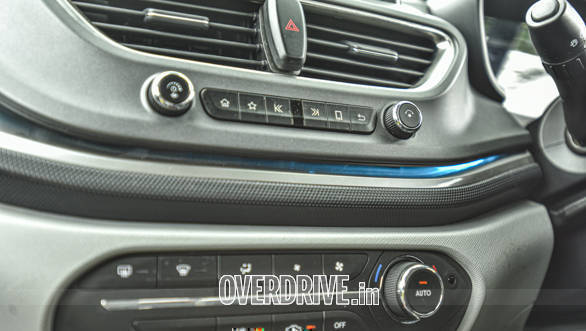
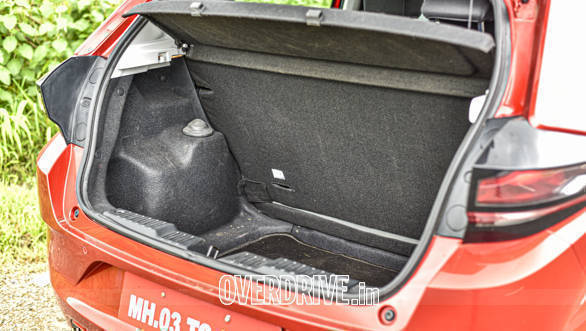 The Altroz's 345-litre boot is bested by the Jazz. A 60:40 split rear seat would have been another big win for practicality
The Altroz's 345-litre boot is bested by the Jazz. A 60:40 split rear seat would have been another big win for practicality
As for conveniences, the Altroz scores highly here as well. The top XZ trim we drove got automatic wipers and lamps, cruise control, automatic climate control, rear-seat AC and armrests, and a waterproof wristband that acts as a key for when you can't carry around the actual one. The only misses we could think of were LED lighting, a sunroof and the Ira connected-car tech from the Nexon facelift. Uniquely, Tata Motors is offering the Altroz with numerous styling and feature packs. This means you don't need to choose, say, the top trim just for a few features you specifically need. A mid-spec Altroz with a feature pack will serve your purpose.
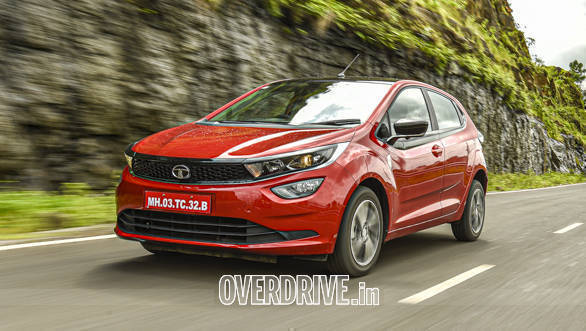
Driving
The driver is further pandered to with the new leather steering wheel. The flat bottomed wheel is quite nice to hold and the hornpad extends to each end of the steering hub. Given how useful this is in our traffic, its surprising carmakers gave up on this design a long time ago. Also, the soft touch points on the door pads and centre console make this seat very comfortable. The Tata Altroz gets height adjustment for the driver but no reach adjustment for the steering wheel. This takes a little bit away from the big gains made towards making the Altroz more ergonomic and is made noticeable by the tallish gear lever and a clutch pedal that may feel a bit too close for taller drivers.
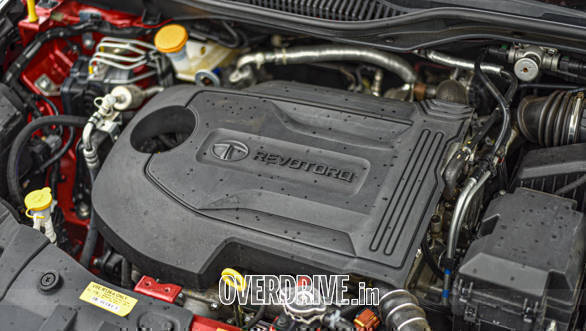
Setting off, the Altroz's driving experience largely matches the expectations the looks and features have set in your mind. We drove the Altroz powered by the 1,497cc Revotorq four-cylinder turbo diesel engine. This is the same unit that does duty in the Nexon but has been detuned here to make 90PS at 4,000 rpm and 200 Nm between 1,250 and 3,000 rpm. The drop in power is there to improve efficiency and to make the engine compatible with the five-speed manual gearbox(the Nexon gets a six-speed unit). No urea additive is needed here, Tata Motors uses a mix of exhaust gas recirculation and a lean NOx trap to achieve BSVI standards.
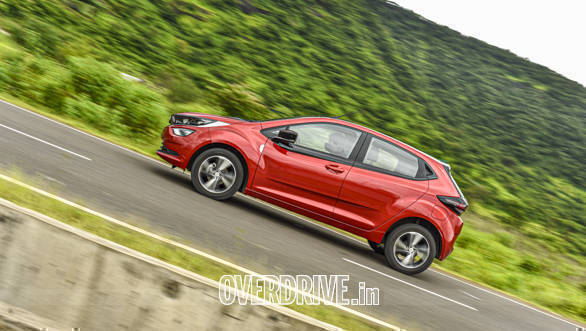
Our testing got us a 0 to 100 kmph time of 13s. To put this in perspective, the erstwhile Baleno diesel did the same run in 13.2s as per our numbers. Setting off, you can hear some engine clatter and there are similarly mild vibrations through the wheel at high revs in low gears, but both these traits even out at speed. We noticed a dull spot early in the accelerator pedal travel. This may be there to ease in new drivers but we could have done with more precision from the throttle pedal. Having said that, you can get used to this pretty easily and it more-or-less fades away once you're up and running. Maybe the absent Sport drive mode could have rectified this. Despite this, the engine itself is reasonably responsive. Turbo lag is mildly evident but after 2,000 rpm the power delivery becomes linear and quite usable.
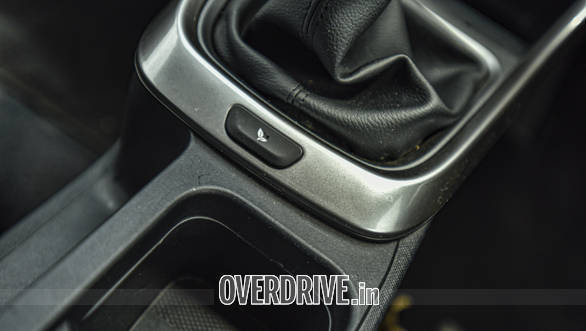 No Sport mode here, only Eco and City, but the Nexon's brittle mode selector dial has been replaced by a switch
No Sport mode here, only Eco and City, but the Nexon's brittle mode selector dial has been replaced by a switch
We mentioned earlier that we would have liked a shorter gear lever. This drawback is further accentuated by the fact the shifts themselves could have been a bit crisper. But given the tall gearing and wide powerband, progress tapers off only past 4,000 rpm, so you don't need to shift too often. The Altroz will happily potter around in the city in 2nd or 3rd. The Eco mode is perfectly usable in traffic, it dials out the slight jerkiness from the engine that is otherwise felt in slow-speed driving. But head out on the open road and you will like to switch back to more the responsive City mode. Out here on the highway, with how the car is geared, you don't miss a sixth-gear all that much. The Altroz is happy to go along between 80 to 100 kmph completely unstressed. How the engine behaves aside, the clincher for the Altroz is its efficiency, we managed an exceptional 16.9 kmpl in the city and 21.5 kmpl on the highway.
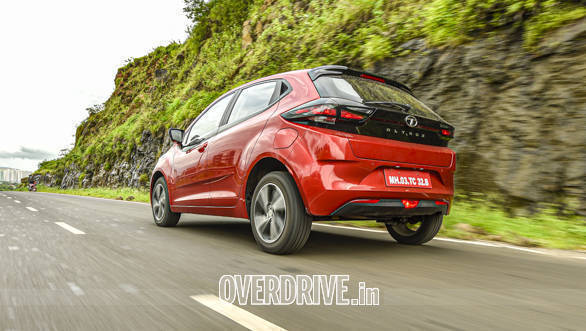
The biggest highlight of the Altroz is its ride and handling package. Tata's cars have always sat on the road well and the Altroz, with its new architecture, feels even more sophisticated in this regard. Reasonably effortless at low speed, the steering takes on a nice heft as speeds build. In fact, there is even some old-school feedback to be felt, aside from the precision already dialled in. This is a great compliment to the ride and handling balance. Anyone who's had a chance to drive any of the now sadly defunct JTP twins will know exactly what has inspired the Altroz' set up. At city speeds, there is a tinge of firmness, but the Altroz's suspension makes sure most regular imperfections aren't passed on to the cabin. At higher speeds, this develops into a steady confident demeanour. Show it a string of corners, and the Altroz feels exceptionally surefooted. It'll turn in confidently and hold its line even as you are eager with the throttle. Through all this, lean is well controlled as well. Other things that make for a positive driving experience are the light clutch and brakes that don't have the most pedal travel but are progressive in application. The inherent stability also keeps the Altroz tracking straight under heavy braking, so panic stops won't be as harrowing an experience.
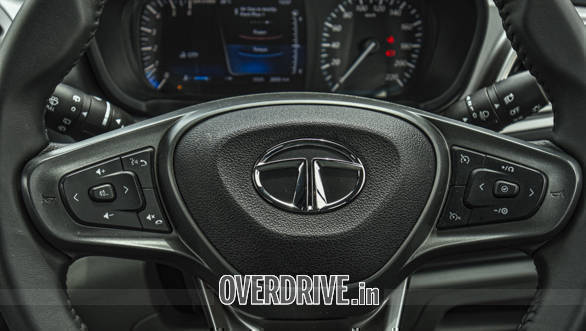 Also notice the very useful horn buttons at each end
Also notice the very useful horn buttons at each end
Safety
Aside from all its new products and the recent reinvention that it has brought with it, Tata Motor's biggest achievement of the last five years has been to establish the fact that Indian cars can be as safe as anything else on the road. After the five stars for the Nexon, the Altroz too comes with an overall five-star Euro-NCAP safety rating, with a three-star rating for child safety. You can feel this to an extent with the hefty sheet metal and thick pillars. These pillars sometimes impede visibility, but we would take that over an unsafe car. Other safety features include two airbags, ISOFIX child seats mounts, cornering lamps and the very useful dynamic guidelines for the rear parking camera. The feed from the camera is legible but its exposed position makes it quite susceptible to catching dirt.
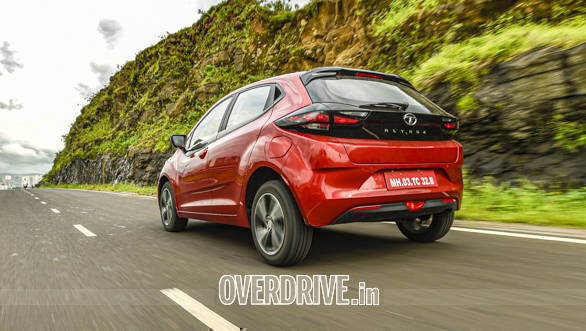
Verdict
The Altroz is a very important car for Tata Motors in particular and the segment in general. For Tata Motors, the scalable ALFA architecture that the Altroz is based on is a big bet. A full line-up of cars will grow out of this family including the new HBX, the next Nexon and a sedan, along with EV alternatives. Over the last few years, the carmaker has taken steps to make ground, especially alongside the likes of Hyundai and Maruti Suzuki. Recent sales numbers have been positive but this family of cars will be the one that archives this goal, the tone of which needs to set by the Altroz. For the segment in general, overrun by seemingly more attractive SUV alternatives, every new entrant is a positive, creating excitement among buyers and adding more choice within a budget.
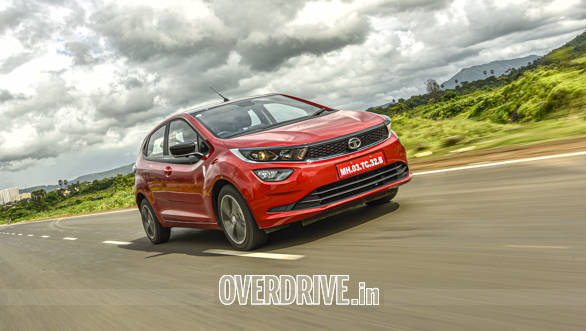
The Altroz seems like it is up for these challenges. Sure there are some rough edges, like the absence of an automatic (on its way soon), the powertrain refinement and mildly inconsistent fit, but there is no denying that massive strides forward have been taken. The Altroz's clear strengths in terms of looks, space, efficiency and driving dynamics mean that it is quite close to being one of the more attractive packages in the premium hatchback segment. It's also the only diesel premium hatch you can buy currently in India. But here's what really sways things in its favour, prices for the Altroz start from Rs 6.35 lakh on-road, cleanly splitting the Swift and Baleno. Even the top-spec diesel as seen here is a reasonable, given its BSVI diesel bits, Rs 11.13 lakh on the road.
Read our Tata Altroz spec comparison here
Watch our video review of the Tata Altroz below
Starts Rs 6 Lakhs
1497cc
Manual
86
200
-NA-
Starts Rs 6.95 Lakhs
1497cc
Automatic
110
260
21.5 Kmpl
